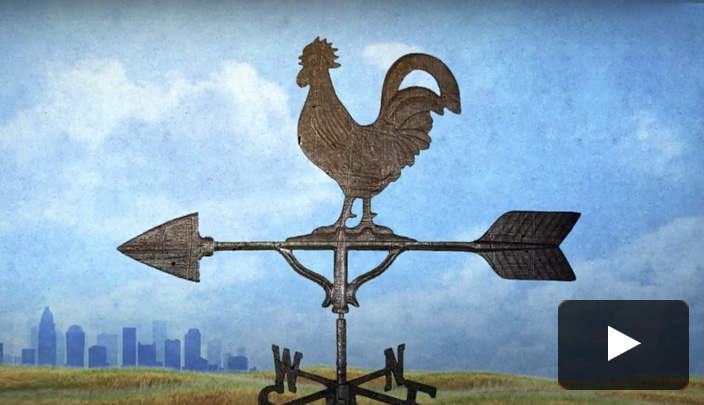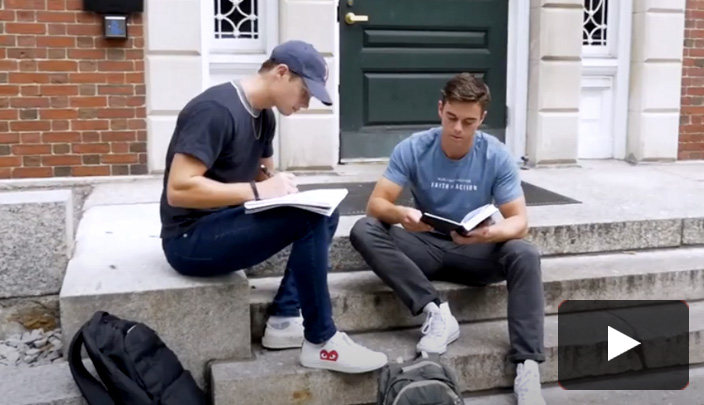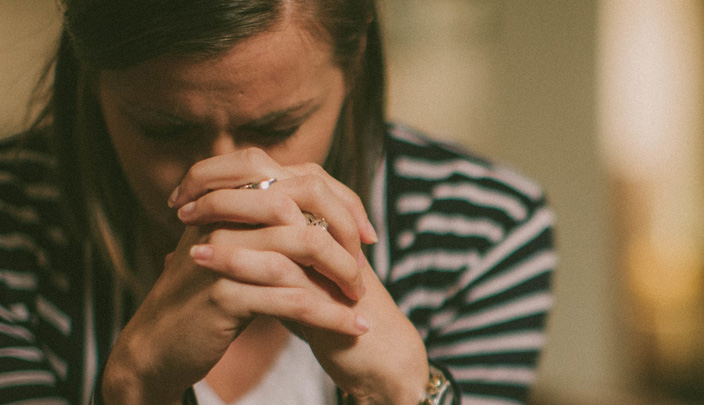Course Reflects on Harvard's Religious History
By Brian Zhang, Harvard '15
In th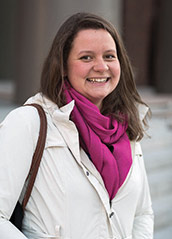 Susan Overall, Harvard Class of 2014e spring semester, Harvard students taking Religion 1513: Harvard's History and Religious Evolution have a chance to study their university's religious roots in the classroom. With 60 undergrads and four Harvard Divinity School students enrolled, the class is the most popular in the religion department.
Susan Overall, Harvard Class of 2014e spring semester, Harvard students taking Religion 1513: Harvard's History and Religious Evolution have a chance to study their university's religious roots in the classroom. With 60 undergrads and four Harvard Divinity School students enrolled, the class is the most popular in the religion department.Dr. Stephen Shoemaker, the course's instructor, summarized the legacy of Harvard as "a history of left turns."While it is today regarded as a secular university, Harvard was founded in 1636 as a seminary for training Puritan ministers in the New England area.
The intervening centuries, Shoemaker explained, saw a gradual transition towards more liberal theological ideas. A crucial transition came in 1805, when Henry Ware, Sr. was narrowly voted in as the first Unitarian professor of theology at Harvard. In the 80 subsequent years, every religion professor hired by Harvard was also Unitarian.
According to Shoemaker, "every time there was an opportunity to take a left turn, Harvard took it."
Shoemaker, a graduate of Harvard Divinity School ('94) and the Graduate School of Arts and Sciences ('05), has been involved in the course since 2002 when he co-taught with the late Reverend Peter Gomes, the former Plummer Professor of Christian Morals and Pusey Minister in Harvard's Memorial Church. Shoemaker was working on a doctorate under Gomes, and took over the course after Gomes passed away in 2011. He attributes its popularity to the novelty of imagining Harvard's past.
"Students are interested in the idea ... that it was a very different place," Shoemaker said.
Susan Overall '14, a Christian, is among the students taking the course.
"I took this course because when I decided to take my faith more seriously as a sophomore, I had been told that Harvard was always a very secular place. Ministry leaders on campus used to tell me about the history of Harvard and how it started off as a seminary and a place that glorified God," she said.
Zachary Young '14, also a believer, said he most resonates with the early periods of Harvard's history covered in the course.
"We discussed in depth some passages from Cotton Mather and the question of 'should Harvard teach classics?'" Young said. "I found myself in agreement with what he was saying ... [which] was that it certainly shouldn't be an emphasis, because it did not help people worship Christ."
From a historical perspective, Shoemaker said it is surprising not that Harvard ended up as a liberal university, but that it made that switch so quickly. Numerous changes, such as the transition to Unitarianism, were viewed as an opportunity for Harvard to preserve religion and maintain its cultural relevance in a modern age.
"Harvard was, for a variety of contextual and other factors, always on the cutting edge of where things eventually ended up going," Shoemaker explained. "We're looking at one institution, but in the story of that institution...you can extract a larger significance for what is happening in the nation writ large."
As an educator at Harvard, Shoemaker has adopted a number of strategies for creating a safe and welcoming class environment for discussions. He said that he frequently sees two groups of students who are hesitant to take a religion class: those with little religious background who fear they lack prerequisite knowledge, and those who hold a strong faith commitment and fear their beliefs may be under attack.
By teaching religion through a historical lens, Shoemaker is able to ease the tension on both sides. The focus of the class becomes in understanding the beliefs of previous generations rather than having to argue for a particular position.
At the same time, a thorough understanding of religion informs and enlivens the study of Harvard's history.
"If we really want to understand what happened here and why it happened, to teach a course that is not focused on religious components for the first several centuries would miss a big part of the story of what the place was," Shoemaker said. "Religion was a vital, if not the key factor, to the institutional identity of the university and its sense of institutional purpose."


